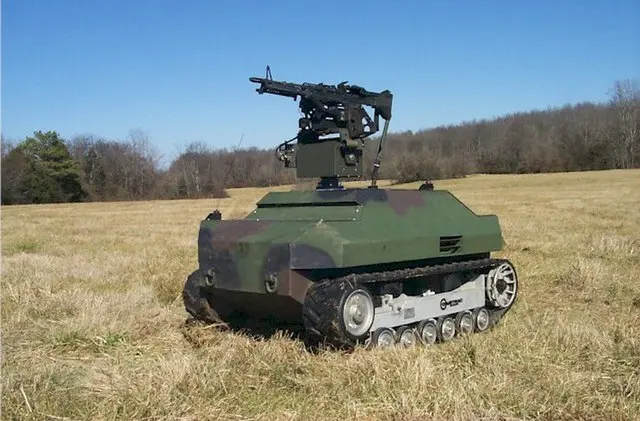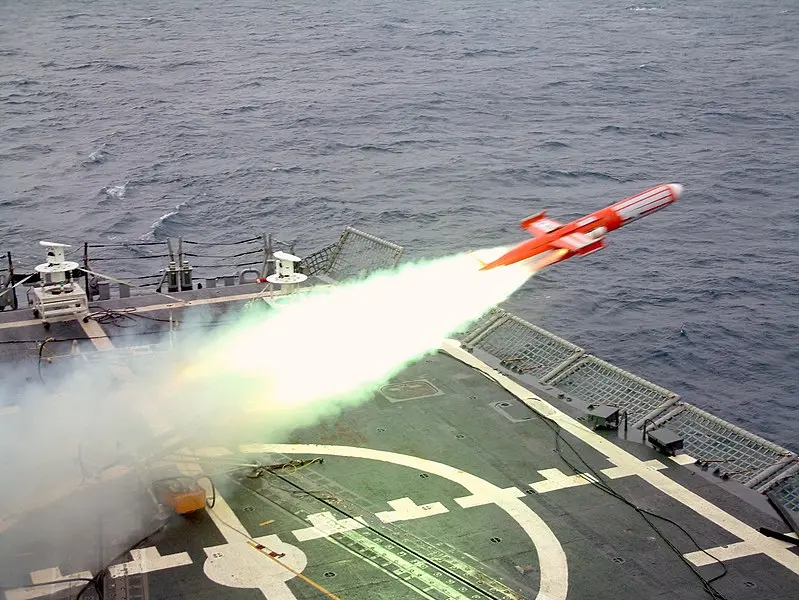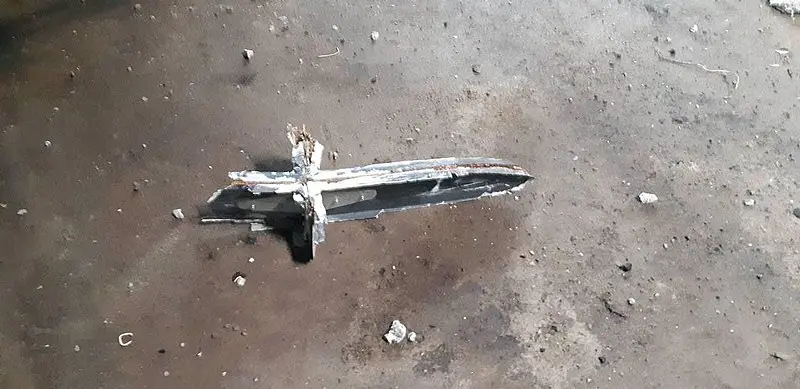
Fully autonomous weapons, also known as “killer robots,” would be able to select and engage targets without meaningful human control. Precursors to these weapons, such as armed drones, are being developed and deployed by nations including China, Israel, South Korea, Russia, the United Kingdom and the United States. There are serious doubts that fully autonomous weapons would be capable of meeting international humanitarian law standards, including the rules of distinction, proportionality, and military necessity, while they would threaten the fundamental right to life and principle of human dignity.
History
Let us look at some autonomous weapons in history.
In the Ancient land of Bharat (now called India) there are great narratives of war, called the Ramayana and the MahaBharatha. In India, the Vedas gave the proper conduct of war. It is said that “War is our dharma” meaning our right conduct which embodied the righteous conduct of war, with rules of war.
In Ancient Bharat, there were weapons called Brahmastras, the Sudharsana Chakra – spinning celestial disc, missiles and arrows that return to the sender, the noose that always choked the opponent, inextinguishable flames, arrows that turned into snakes and always hit the target. Conflict would cease at sundown, and the armies would return to the battlefield to collect their dead and wounded.
In much later times, the Mongols and Tartars used the Trebuchet. They placed plague infested corpses on trebuchets and launched them over battlements at the Siege of Caffa, 1346
In more recent times, there was Trench Warfare in World War 1. Autonomous weapons used were Tear gas, Chlorine gas, Mustard Gas, which caused immense suffering and finally death, as the mustard gas attacked the walls of the lungs.
During World War II, there was the laying of Mines, creation of Minefields and placing of Limpet mines on sea-going vessels. The Germans created V2 Rockets – 3,172 V-2 rockets were fired at the following targets: Belgium, Antwerp, Liège, Hasselt, Tournai, Mons, Diest, United Kingdom, France, Netherlands and Germany (to stop the Allies).
In the Vietnam War, a defoliant was used, Agent Orange: Operation Ranch Hand, during the Vietnam War from 1961 to 1971. It has not been totally erased. There are also minefields remaining in some locations in Vietnam.
Looking to the Killer Robots, the unmanned weapons, the US Army gives this definition:
a drone is “a land, sea, or air vehicle that is remotely or automatically controlled”
In examining the issues raised using unmanned autonomous weapons, we find,
- a machine replaces the human
- the drone is a soldier without a body; capture is not feasible
- unmanned autonomous weapons eliminate the need to order soldiers into a hostile situation to use lethal force
- unmanned autonomous weapons don’t lower the moral cost
- military drone operators suffer post-traumatic stress disorder at higher rates than soldiers in combat zones
- civilians should never be targeted
- drone attacks on civilians have given militants a recruitment tool
- drone combat exacerbates the problem of terrorism
- terrorist organisations and non-state actors now have drones and unmanned autonomous weapons.

Questions by People of Faith
Why do people of faith from the various perspectives above care about the Drone Warfare? People of faith share common values from diverse traditions which go beyond national security objectives and national borders. The intrinsic value of all humanity and creation compel faith communities to work for the common good of all people through the principles of love, mercy, just peace, solidarity, human dignity, restorative justice and reconciliation. The U.S. practice of drone warfare is contrary to shared values which guide us, our faith communities.
Is the use of drones a last resort — have other options such as financial restraints, cooperative law enforcement, encouraging people to not join extremist groups, economic incentives, and mobilizing public opinion been fully exhausted? War should always be a last resort, but drones make it easier to rush into war. For the time being, the use of drones has very few up-front risks for the nations that use them. They are controlled several thousand miles from the battlefield and do not require any use of ground troops.
The British-based Bureau of Investigative Journalism has counted that the US military conducted more than 13,000 drone strikes in Afghanistan over the years, with at least 4,126 people killed, including at least 300 civilians and 66 children.
A Spiritual Response:
Religions focus on Peace and promise eternal peace in the afterlife as reward for a life well lived.
Hinduism, Buddhism, and Jainism teach about the importance of finding peace through union with the divine or the universe. These religions teach that this union can be realized through meditation, practising the various forms of yoga, and by living a life of non-violence in thought, word, and deed toward all creatures.
The Abrahamic Faiths – Judaism, Christianity and Islam all seek the Peace of God.
In Judaism, it is taught mankind lives in a covenant relationship with God. Shalom refers to the right ordering of the relationship of a person to God made possible by grace.
In Christianity, we have the gospels about Lord Jesus. The Beattitudes are given in the Gospel of Matthew. Jesus told,
Blessed are the peacemakers, for they shall be called the sons and daughters of God.
In Islam, there is the peace of God in the greeting of the Muslim, who immediately give that peace back to you: When you say, asalaam aliekium: the Muslim replies aliekieum salaam – giving the peace of God back to you.
Hinduism ends all prayers with a triple Shanti: OM, shanti, shanti, shantihi, meaning peace for the self, peace for the world, peace for all that exists.
The Jains have as their mantra:
Namo uvajjhayaanaam
Namo Loye sabba saahoonaam
Salutations to the great Teachers who transmit the wisdom,
Salutations to the good persons of all lands.
Buddhism seeks refuge in the Triple Gem: violence harms the spiritual state of the perpetrator as well as the victim.
The Zoroastrian key principles tell that good words and good deeds lead to a life of peace.
The Human Moral Response
Surrender of life-and-death decisions to machines removes the human moral response: There is the value of human life – what we call the inherent dignity of the human person. It is the human person who is capable of morally evaluating an action and its outcome. The moral response is the human response. Machines are not capable of this, and it is noted that those who operate autonomous weapons suffer more Post Traumatic Stress Disorder effects than those on the battlefield and the theatre of conflict.
It is time to move from Just War to the practice of Just Peace
The concept of Just Peace has several defining elements. It rests on a specific understanding of the word “peace”. In common usage, of course, peace typically refers to the political condition that is the opposite of war. Within the Just Peace tradition, however, the word has a radically different meaning — It is a social condition of harmony, wholeness, completeness, prosperity, welfare and tranquillity.
Just Peace is a state of social wellbeing in which all relationships between humanity, God and creation are justly ordered and in which the basic needs of people are met. Violence then is viewed as a manifestation of evil that prevents people from meeting their basic needs or that undermines the social structures and relationships necessary for human flourishing.
All religions seek peace. Unity in Diversity, Harmony in Difference.
Let us follow right conduct, righteousness, and keep the Just Peace in our hearts and express gratitude that Just Peace is the future of humanity. We are very near to the days when humans will not raise a weapon to settle their differences. Instead, they shall sit down and discuss differences and agree to have Unity in Diversity, Harmony in Difference.

Image Credit: Wikimedia Commons/Falcorian, United States Navy with the ID 030717-N-6274G-001, Ministry of Defense of Ukraine
![]()

